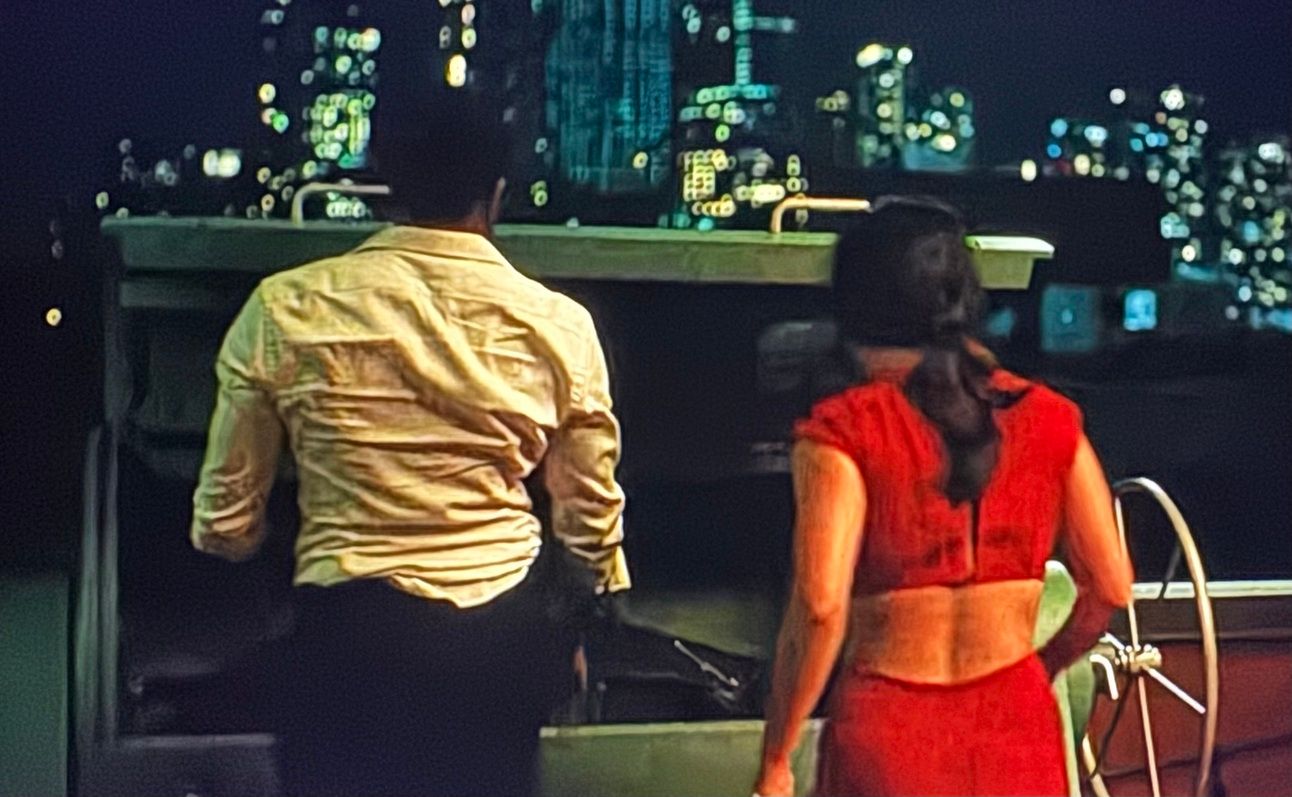- Composting
- Posts
- Against the Tumbler Composter
Against the Tumbler Composter
Unless that's all you can do, in which case, fine, okay.

This week: bell peppers, onion peels and parts, tomatoes, coffee grounds, eggshells, raspberries, cucmber ends and rots, banana peels.
Compost should have a firm connection to the Earth, just like mighty Antaeus. That’s why I’ve never been interested in a tumbler composter. A rotating drum on legs, suspended in the immaterial air? Madness. Heresy.
Of course I speak from the suburban vantage of a yard-haver, meaning I can put the compost bins in the back corner and not suffer the proximity of odor and/or varmints to my (few) non-compost-related activities. The tumbler is the favored composter for those who have just a little outdoor space, produce a limited amount of compost, and are willing to play organ grinder every few days and crank that tumbler like it’s hot.
Which it will likely never be, as it’s almost impossible to hot compost in a tumbler. The principle of tumbler composting literally turns on aeration, meaning well-aerated compost gains maximum penetration of the microorganisms who do most of the final-stage work in breaking down compost. But losing out on those annoying compost-munching flies and earthbound worm vectors means the tumbler loses their respective composting dynamics too. Tumbler compost is less ideal for yard/plant waste (too dry), and yet it requires more browns than earthbound compost to absorb kitchen scraps (too wet). And tumbler compost that is not assiduously cranked is more likely to form anaerobic clumps that resist decay, typically needing to be broken up by hand.
Well-aerated tumbler compost will decay, but it will also remain cooler, and thus less likely to get hot and steamy, which makes it decay more slowly than hot earthy compost. But again, they’re good for space, or when you can’t touch dirt (sad). If that’s your composting situationship, most tumblers look like the Mr. Spin, often sporting two separate chambers that theoretically let you fill one side and letting it rot while still adding to the other, switching as needed. Or perhaps you prefer the more demure Ms. Tumbles, or the jaunty little Hot Frog. Fans of Swedish design may enjoy the more capacious Jora JK270 or even the massive ComposTumbler, if you can find one.

That’s going to require a lot of browns
Perhaps the most famous tumbler composter is the briefly seen monster in the Mr. and Mrs. Smith TV reboot, where Donald Glover and Maya Erskine dispose of John Turturro’s corpse in the rooftop tumbler of their fancy Manhattan assassin brownstone. But even the real ComposTumbler linked above isn’t big enough to hold a body, nor would you expect a brownstone to produce enough compostable material to require a composter otherwise large enough for, say, a goat farm. Reddit explains why we must suspend disbelief a little bit:
I was the head carpenter on that job. I can tell you it took one carp working on that for about two weeks straight. They asked for it to have a functioning rotation mechanism. We had to crane it on the roof of Silvercup East to get it in our greenhouse yoga studio (that we built as well.)
It’s nice they broke Turtorro’s arms and legs to make him easier to fit in the tumbler, but bagging him in plastic? Rookie composting mistake, he’ll never decompose that way no matter how much you crank him. Just another example of a big time production that could have benefited from my reasonably priced on-set expertise. Get at me Hollywood.
